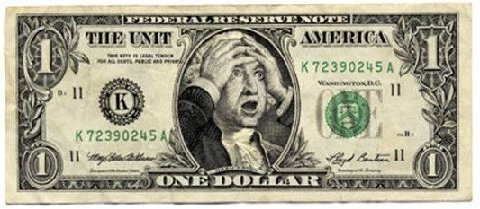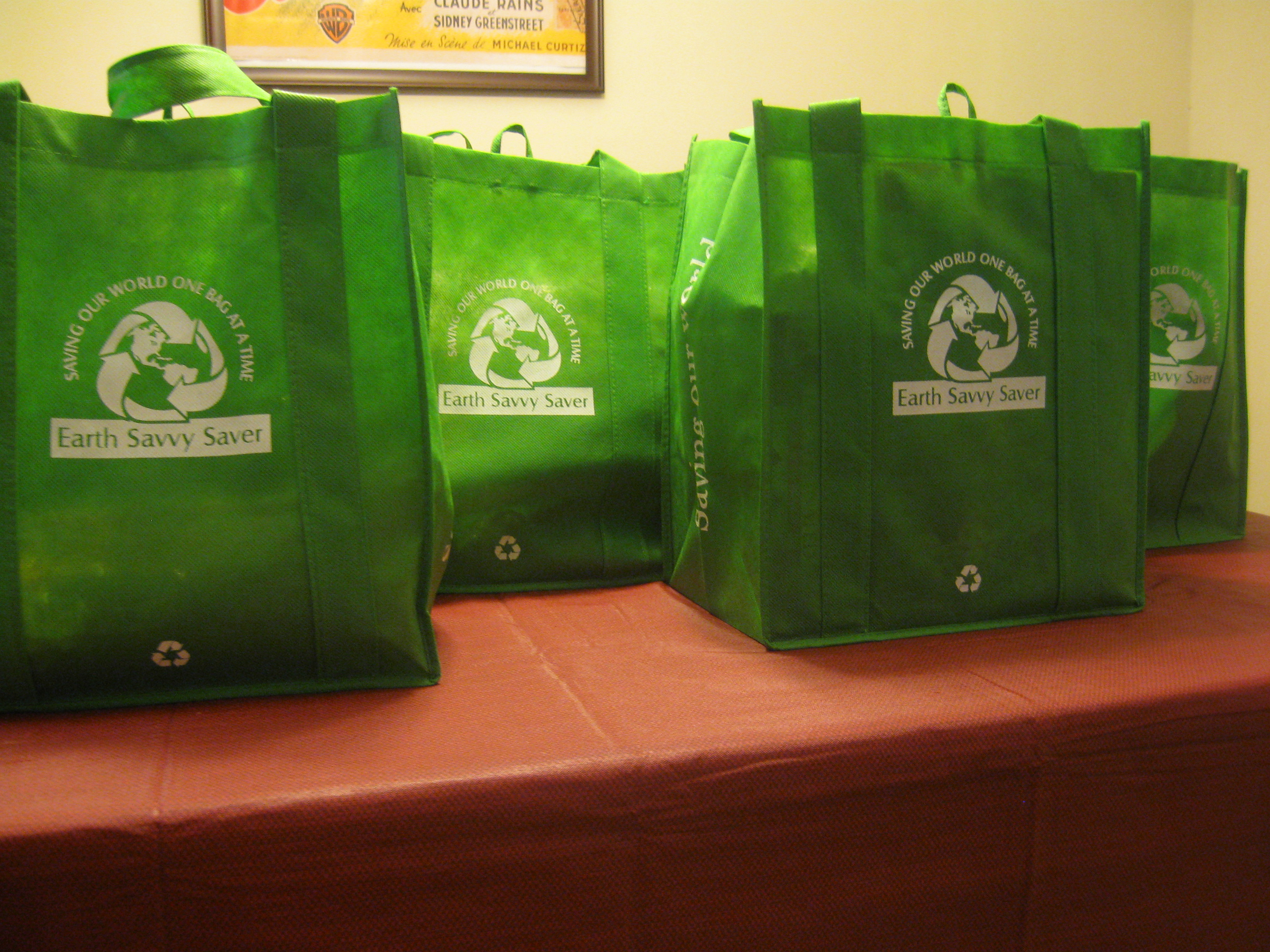This week I received the loan application and promissory note for my private student loan consolidation. According to the letter, I’ve been “conditionally approved.” If all of my paperwork is sent back correctly and verified, I’ll be actually approved. If I’m able to consolidate these loans, I’ll cut the interest rate and minimum payment almost in half. I’ll also have a shot at paying them down in less than 5 years.
First I need to send in a long list of documents, including a recent statement from the lender with all the loan information, my latest pay stub, a copy of my driver’s license and degree, and a copy of my marriage license since the original loan is still under my maiden name.
I was on hold for an hour Tuesday night trying to get some questions answered about the documents. The list they sent me wasn’t as clear as the one above.
Once I’ve submitted all of the documents, loan processing will begin. They will verify my employment, check my references, etc. They already ran a credit check to conditionally approve me, but they may run a more detailed credit check before the loan is officially approved.
As I go through this process, I can’t help but think back to six years ago when I first took out student loans. It was a lot easier. I filled out FAFSA, which qualified me for a certain amount of student loans. Then I filled out an application, signed it, and they sent me money. They didn’t ask me any questions about employment or monthly expenses. They didn’t even ask if I fully understood the loan.
I absolutely take full responsibility for my decision to take out these student loans. It was my mistake, and believe me, I’m paying for it now. My point is just that I was only 17 years old when I started my freshman year. Because I was turning 18 within a certain number of months, they allowed me take out loans even though I was a minor.
I understand that student loans exist to ensure that every student has the chance to attend college. That’s great. However, it seems to me that if you’re going to allow a minor or even an 18 year old to take out a loan that can never be discharged, not even in bankruptcy, there should be stricter safe guards in place to prevent predatory lending, especially since repayment doesn’t begin until four or five years later. How can an 18-year-old know if they’ll be able to afford a $300+ a month payment in four years? Most of them don’t even know what their careers will be.
Student loans made it possible for me to go to college. That’s nothing to snuff at. But if I had known what I was getting myself into, I would have borrowed a lot less money than I did. I also would have stayed away from private loans and stuck with low-interest federal loans.
Obviously, I should have known better. But I didn’t, and neither do a lot of 18-year-old kids. I remember thinking that it was a lot of money as I filled out the application. I also thought, “I won’t have to worry about this for another four years. By then I’ll be a college graduate, making a ton of money!” Ha. Yeah right.
I remember how I thought about money at 18, and I think about the other 18 year olds I knew. I can’t help but think, “No wonder so many people my age are in this mess.”





